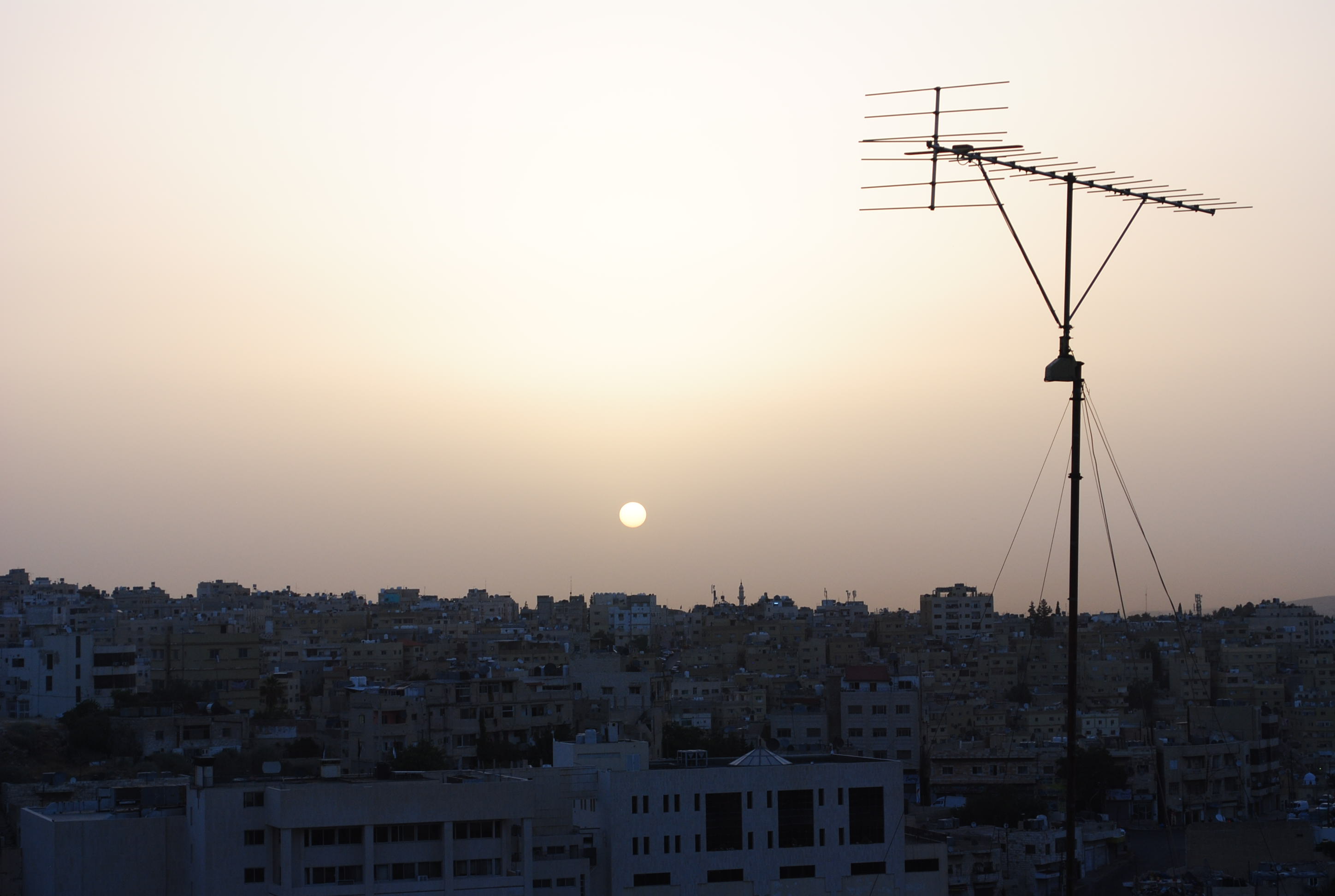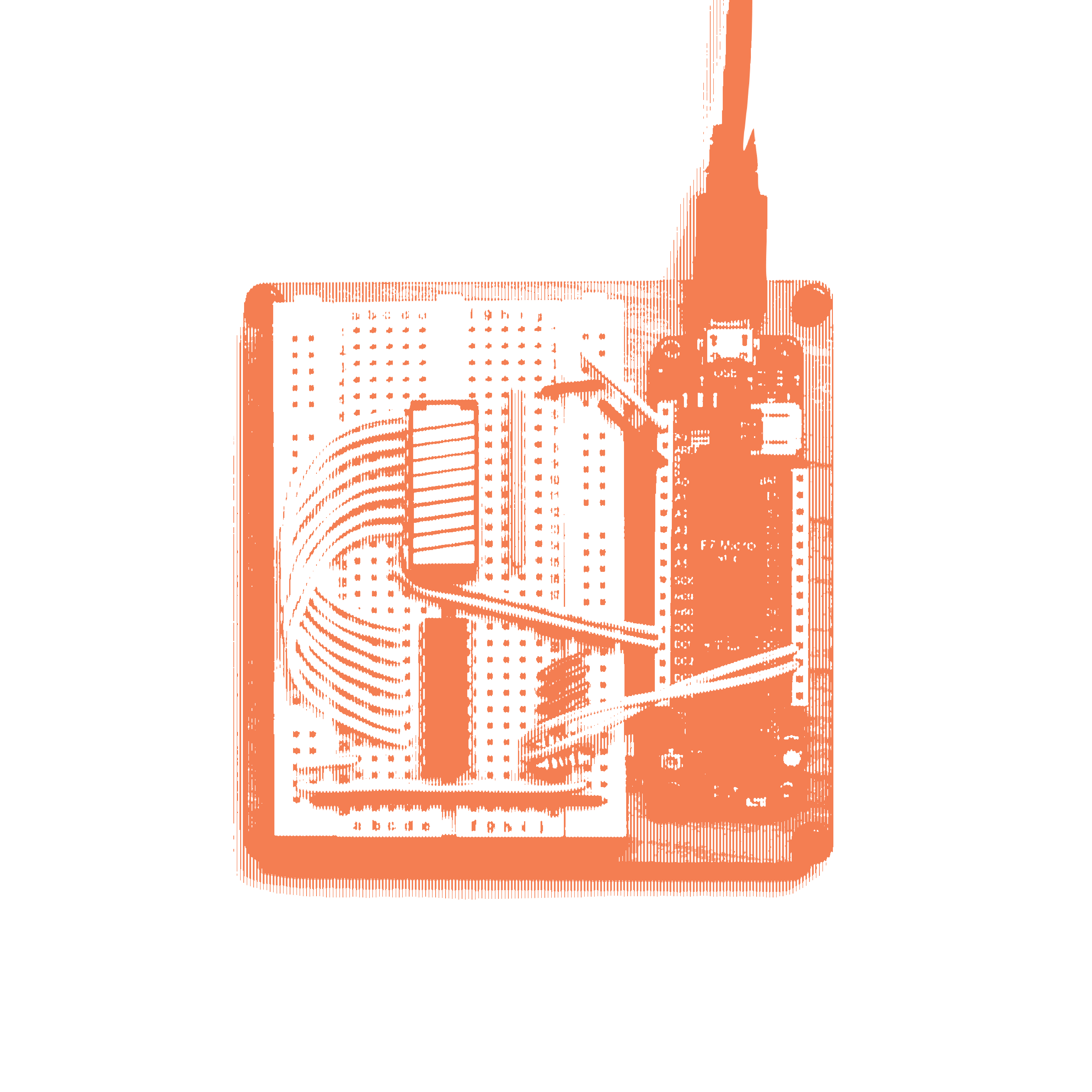AMMAN, JORDAN – While Edward Snowden and the seemingly unstoppable synergy between online and offline terrorism have recently heightened global awareness of cybercrime, surveillance and the potential dangers of online sharing, these fears are not new to most Syrians. An all-seeing surveillance apparatus and police state existed for decades before the conflict erupted in 2011, bringing with it a strong culture of distrust.
To this day in Syria, phone calls are monitored, emails and texts are read and news reports are highly censored or scripted. What is said online can have real-world consequences, such as imprisonment or forced disappearance. In this context, staying safe requires hyper-vigilance and discretion about personal information online, and tightly knit communities have become even more insular since fighting began.
"After five years of suffering from this war, there is no trusted source of information," Youssef said. Youssef, whose last name has been withheld for security reasons, lives in Amman, Jordan, and volunteers with an international NGO, helping fellow Syrians. Aside from what he hears from his family, he only identified one hyperlocal Facebook page with updates about his home city as a credible news source.
"Otherwise all sources of news exaggerate the right [actual] situation," he said.
In both Syria and Jordan, the assumption is that someone is always listening. What would be considered paranoia in Western nations about wiretapping and being followed is just reality in Syria, New America fellow Katherine Zoepf explains in her book "Excellent Daughters." To publicly self-identify is to go against the cultural norm of striving to remain invisible.
"People are afraid to report anything because of wasta – you never know who knows who. Everyone prefers to come to places where there's family and where other Syrians are. There's no trust," said a Relief International worker, who asked to remain anonymous.
Upon arrival in Jordan, where some 656,400 Syrian refugees are living, invisibility becomes all but impossible. Syrians must register with UNHCR, the U.N. refugee agency, and are immediately entered into its online system. Biometrics are collected, including an iris-scan. Only after this process are refugees able to access benefits in their host communities.
Registration with UNHCR elicits mixed feelings among Syrians in the region. In Jordan, some are skeptical that international NGOs are working for the interests of particular governments, not for the common good of refugees, according to a REACH survey on social cohesion. These fears are heightened in neighboring Lebanon, where there is reportedly an undercurrent of fear that information listed with UNHCR will somehow wind up in the wrong hands, such as the Syrian government or its mukhabarat (secret police) or leaked to Hezbollah, an armed Lebanese group fighting alongside the Syrian military. Being outside Syria is perceived as no safer than being inside.
The instinct to protect one's family and survive is a fundamental one for most refugees. However, the path to protection is rarely straightforward. Rather, it is a series of choices made by navigating the unknown with the compass of the familiar, constrained by legal status and financial circumstance. Increasingly, this means refugees are forced to turn to international NGOs for assistance, even if they do not fully trust the organizations.
Concerns about trust and surveillance tend to matter less as refugees find themselves in increasingly dire circumstances. As resources dry up, families in Jordan are steadily returning to the camps – and those who may have initially been "bailed out" of Za'atari, the largest Syrian refugee camp in Jordan, are now forced to go to the newer Azraq camp. Throughout the Syrian community, rumors about the latter are widely negative, due to its location and weaker sense of community than the one that had blossomed at Za'atari over its four years of operation. The incentives of moving to the camp are powerful though.
"Poor[er] refugees tend to love [those] who provide them with money and food more than other services, and UNHCR [does] this," a Syrian volunteer with an international NGO in Amman, who asked to remain anonymous for security reasons, told Syria Deeply.
The Syria response in Jordan has incorporated more new technologies than anywhere else. For example, the World Food Program (WFP) and UNHCR use iris-scanning technology that allows refugees to receive their food and cash assistance. This gives refugees more autonomy and is much better suited to the urban environment, where most live.
While there is a clear incentive to use UNHCR's iris-scan technology, the benefits of other programs, such as ones related to health, are much less tangible. It is often difficult to convince the community that new technologies are going to benefit them.
Big data, like social media, is a double-edged sword. A tech-driven humanitarianism may make operations safer, even as it opens the door to new threats. The same surveillance that leads to self-censorship and hyper-vigilance has also kept Jordan incredibly stable and prevented violence from spreading across its borders. Tracking data may cause worry among potential participants, but also promotes accountability and prevents fraud.
As the humanitarian field innovates, it has yet to answer a fundamental question: Even when these effective mechanisms are in place, what do you do with people's fear?
Humanitarian agencies cannot predict when policies will change or new threats will emerge, causing them to constantly respond to emerging concerns rather than enjoy the luxury of strategic thinking. All parties are acutely aware that the entire playing field can change overnight, just as the last entry point between Jordan and Syria did in June 2016. Since then, refugee flows into Jordan have effectively ceased. Some 75,000 Syrians are stranded in a no man's land known as "the berm," now a military zone inaccessible even to the U.N.
The attacks that prompted this border closure were but one incident of violence that ripped through the Middle East and Europe during the Muslim holy month of Ramadan. For humanitarian responders, operations depend on a delicate balance upheld by invisible actors and destroyed by the same.
It isn't just refugees who have to ask what it means to be safe in a tech-driven world.














